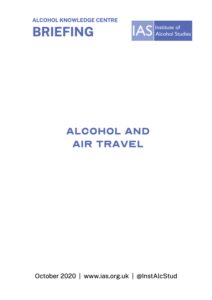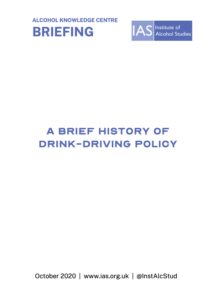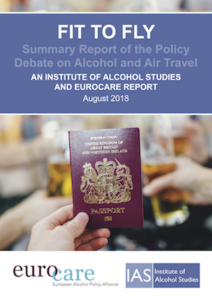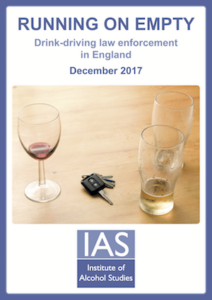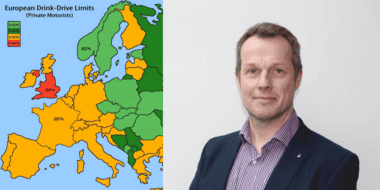On this page
Otherwise known as Driving Under the Influence (DUI) or Driving While Intoxicated (DWI), drink-driving in the UK is defined as the act of being in possession of a recognised mode of transport (a motorised vehicle such as a car, truck, boat, etc) while under the influence of alcohol. It can become a criminal offence when a subject is caught with blood levels of alcohol in excess of a legal limit. A conviction for drink-driving may not necessarily involve driving a vehicle; you can also be prosecuted in charge of a parked vehicle and/or failing to cooperate with the police in taking a preliminary roadside breath test.
As well as being against the law, drink-driving in excess has also scientifically been shown to greatly increase the risk of injury to all parties on the road. Despite a steady decline in the annual number of drink-driving accidents and fatalities to the lowest levels since records began, it remains the case that thousands of people are injured on the roads by drivers who drink, and the number of fatalities has stayed largely unchanged since 2010. In 2016, the drink drive limit was the subject of a campaign to lower it, featuring a broad coalition of non governmental organisations. For more information, please view our lower the limit campaign page.
The consumption of alcohol can have disruptive impact on other modes of transport, including air travel – as our Fit to fly report found – and on waterways too: boaters may be prosecuted under the Merchant Shipping Act 1995 if their actions on the water are seen to be endangering other vessels, structures or individuals and they are under the influence of alcohol.
Facts and stats
- Northern Ireland: In 2016, Northern Ireland legislated for a 50 mg/100ml limit, but it is yet to be enacted.
- Scotland: Moved to a 50 mg/100 ml limit in December 2014
- England and Wales: The drink drive limit in England and Wales is 80 mg/100 ml of blood, set by the UK’s first Road Safety Act 1967.
What are the drink drive limits in the UK? by The Institute of Alcohol Studies
What are the drink drive limits in Europe? by The Institute of Alcohol Studies
What are the penalties for drink-driving in England and Wales? by The Institute of Alcohol Studies
How many drink drive fatalities and casualties occur on Britain’s roads? by The Institute of Alcohol Studies
How have drink drive deaths changed over time? by The Institute of Alcohol Studies
How have drink drive casualties changed over time? by The Institute of Alcohol Studies
Which road users are most likely to suffer injury from drink-driving accidents? by The Institute of Alcohol Studies
- Over time, the proportion of road accident fatalities caused by drink driving has halved.
- In 1979, more than a fifth of road accident fatalities occurred as a result of drink-driving.
- Since 2010, drink-driving has accounted for 12–14% of all GB road deaths, the lowest proportion on record.
What proportion of road accident fatalities are caused by drink-driving? by The Institute of Alcohol Studies
How many drink drive fatalities involve drivers over the limit? by The Institute of Alcohol Studies
- Drivers with a blood alcohol content (BAC) of 50-80mg/100ml blood are six times more likely to be involved in a fatal accident. (NICE, 2010)
- An international meta-analysis found lowering the BAC limit to 50mg/100ml blood or lower would lead to an 11% reduction in fatal alcohol-related crashes in general. (PACTS, 2021)
- £754m: the estimated cost of drink-drive accidents with casualties across the UK, where the driver was found to be above the 80mg limit (2014: This figure was calculated by multiplying estimated fatal, serious and slight drink drive accidents by the average valuation of the cost of each type of accident, based largely on willingness to pay studies and surveys (e.g. of emergency service providers, insurance companies))
- The estimated personal financial cost of drink-driving for the first time is between £20,000 and £50,000 (IAM, 2013)
- 60% of adults who have encountered drunken passengers during a flight (IAS, 2018)
Briefings
Reports
Blogs

None for the road: Why lowering drink drive limits didn’t lower road traffic collisions
25th August 2021

What can we learn from repeat drink drivers’ attitudes and beliefs about drink-driving?
23rd February 2021
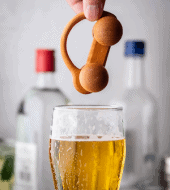
Drink-driving could soar as pubs reopen in July
13th July 2020
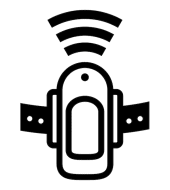
Revoking the ‘License to Drink’: Emerging evidence on mandatory sobriety
26th June 2020

Alcohol control policies and alcohol-related traffic harm in Lithuania: a short summary of a success story
24th February 2020

